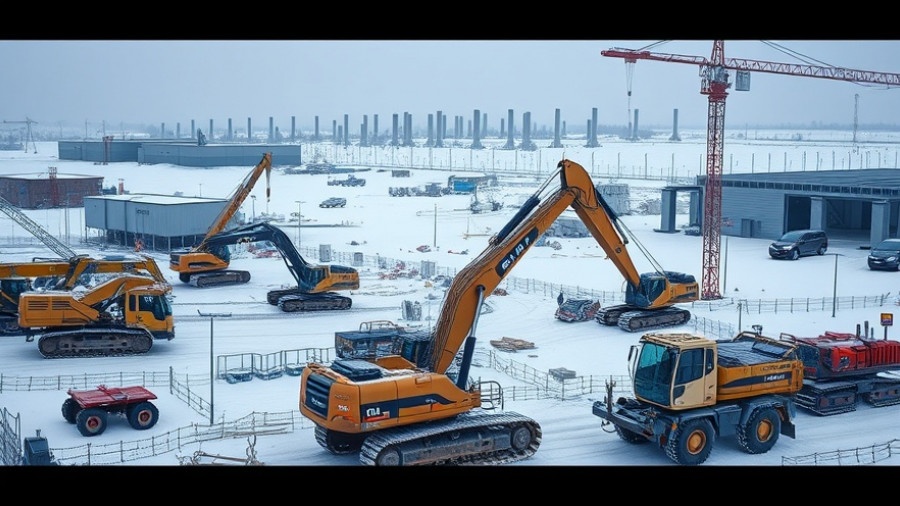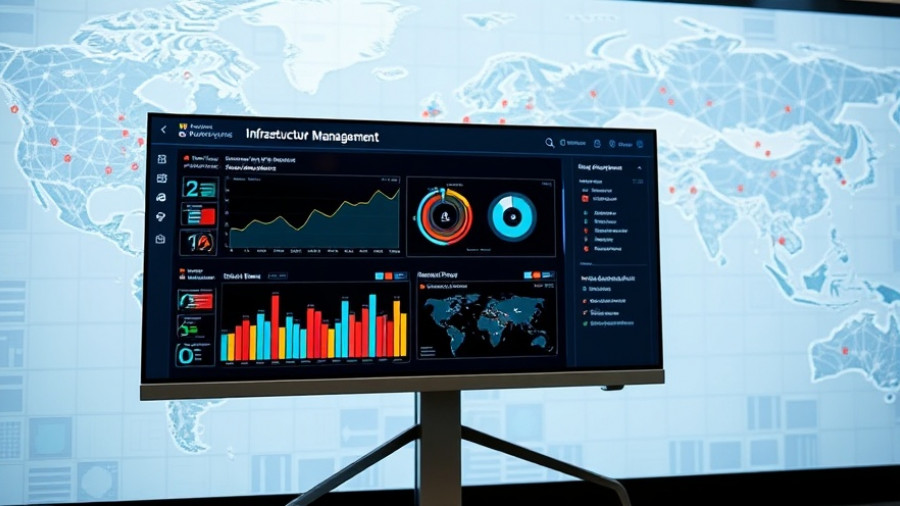
A Powerful Partnership: Concrete and AI
In our increasingly digitized world, artificial intelligence (AI) is transforming how we live and work. Little do many realize that at the core of this revolution lies robust infrastructure built with two timeless construction materials—cement and concrete. From housing cloud-based services to supporting critical medical and research applications, the boom in data centers illustrates the crucial role that concrete plays in maintaining these technological advancements.
The Concrete Contribution to Data Centers
The growth of AI technologies, ushered in by systems like ChatGPT and tools like Microsoft’s Co-Pilot, is paralleled by a staggering rise in data center investment. According to the American Cement Association (ACA), inflation-adjusted spending on data centers skyrocketed by approximately 850 percent over the past decade, with an impressive 55 percent increase observed in just the last year. This trend forecasts an anticipated reach of 6,000 data centers in the U.S. by 2027.
The durability and resilience of concrete meet the strict requirements of these facilities, providing a climate-controlled, sterile environment essential for sensitive AI operations. A single hyperscale data center demands hundreds of thousands of cubic yards of concrete, reinforcing the significance of this often-overlooked material in the tech landscape.
Concrete: The Backbone of Sustainable Technology
As cement-heavy industries advance, sustainability has emerged as a primary concern. Companies like Meta and Microsoft are at the forefront of transitioning to lower-carbon concrete solutions. Utilizing innovations such as portland-limestone cement (PLC) allows these tech giants to mitigate their environmental impact significantly. PLC offers the same durability while reducing the carbon footprint, showcasing concrete’s dual role in the tech landscape—as a foundational element and a sustainable answer to modern concerns.
Buying into Sustainable Practices
Architects, contractors, and fabricators must prioritize both functionality and sustainability in their projects. As the demand for resilient technology solutions continues to rise, understanding how to integrate these materials effectively into designs becomes vital. Offering options for lower-impact concrete blends in showrooms and to clients can drive industry-wide change.
In conclusion, the stakes are high; constructing sustainable data centers not only fuels AI advancement but also paves the way for responsible construction practices. Those involved in design and construction must embrace this transition to solidify a smarter, greener future—one where support for technological innovations does not come at the cost of our environment. Let's advocate for a convergence of durability and sustainability in our concrete practices.
 Add Row
Add Row  Add
Add 




Write A Comment